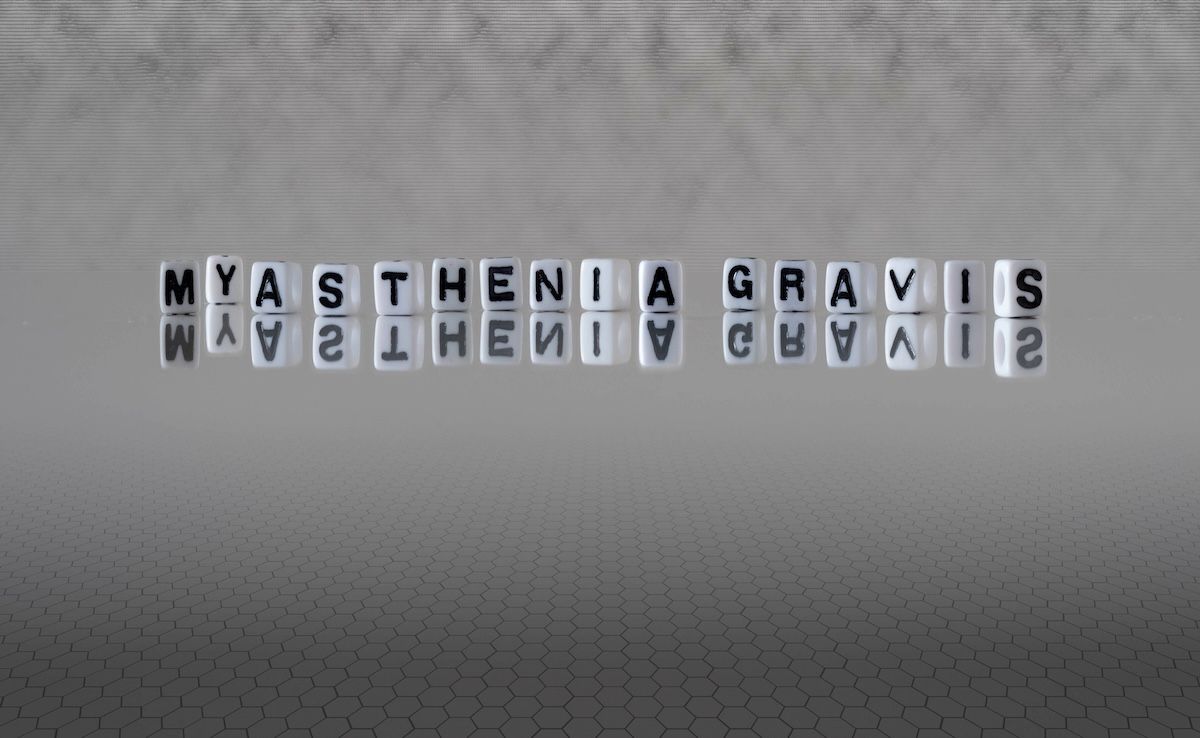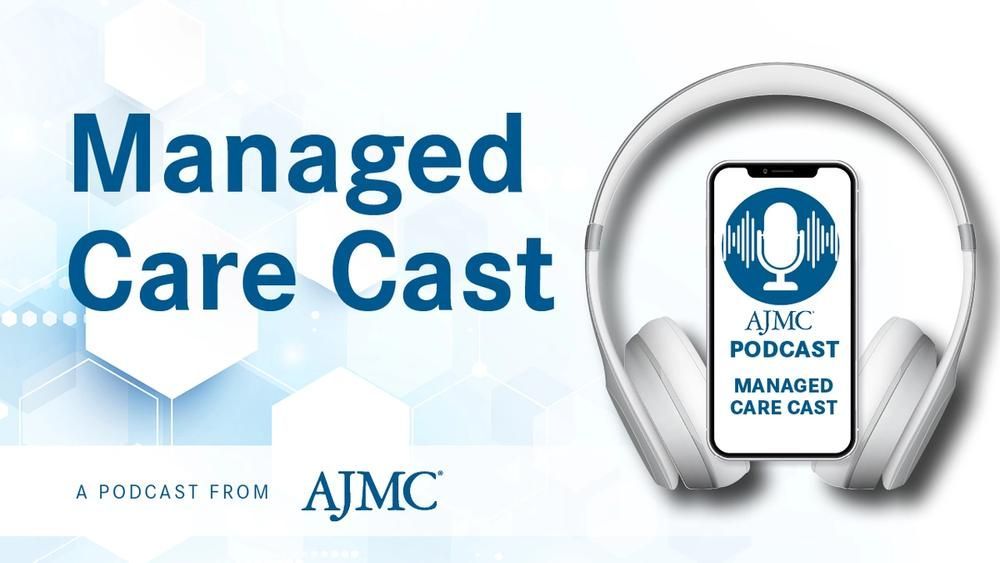News
Article
MINT Trial 26-Week Data Show Inebilizumab for gMG Is Effective and Safe
Author(s):
Key Takeaways
- Inebilizumab showed significant efficacy in improving MG-ADL and QMG scores in gMG patients compared to placebo over 26 weeks.
- The trial included 238 patients, with 80% AChR+ and 20% MuSK+, and demonstrated low rates of serious adverse events.
These are data to week 26 on the monoclonal antibody and antineoplastic agent; data out to week 52 of the MINT trial will be presented in a late-breaking oral session at the upcoming American Academy of Neurology Annual Meeting.
Comparing outcomes between adult patients living with generalized myasthenia gravis (gMG) who received inebilizumab (Uplizna; Amgen) and those who received placebo, the humanized monoclonal antibody produced superior efficacy and safety results through week 26 of the MINT trial (NCT04524273), according to topline results presented at the recent MDA Clinical & Scientific Conference.1
MINT enrolled 238 patients from 18 countries, 80% (n = 190) of whom were acetylcholine receptor autoantibody positive (AChR+) and 20% (n = 48) who were muscle-specific kinase autoantibody-positive (MuSK+). To be eligible, patients had to have Myasthenia Gravis Foundation of America class II through IV disease; Myasthenia Gravis Activities of Daily Living (MG-ADL) scores of 6 to 10 at screening and randomization, with more than 50% of that score based on nonocular disease manifestations, or an MG-ADL score of at least 11; Quantitative Myasthenia Gravis (QMG) score of at least 11; be allowed to receive immunosuppressive therapy; and be restricted in their use of corticosteroids.
This 26-week analysis looks at combined outcomes from the AChR+ and MuSK+ groups; separately, the MuSK+ group was followed for 26 weeks and the AChR+ group for 52 weeks.2 Study end points for MINT are measurements at week 26 vs baseline (defined in this analysis as the last valid value on or prior to the first dose in the randomized control period). The primary study end points are change in MG-ADL score among the combined population and separately for the AChR+ and MuSK+ groups, and secondary end points are change in QMG score in the combined population and for each group. Data out to week 52 will be presented in a late-breaking oral session at the upcoming American Academy of Neurology Annual Meeting.
Results1
The primary and secondary end points were met in the combined population; there were statistically significant improvements in MG-ADL and QMG scores for the patients who were AChR+, and there was a statistically significant change in MG-ADL score for the patients who were MuSK+:
- Changes from baseline in MG-ADL and QMG scores in the combined population were –4.2 (95% CI, –2.9 to –1.0; P < .01) in the treatment group vs –2.2 in the placebo group and –4.8 (95% CI, –3.8 to –1.2; P < .001) vs –2.3, respectively
- Changes from baseline in MG-ADL and QMG scores for the participants who were AChR+ were –4.2 (95% CI, –2.9 to –0.7; P < .05) vs –2.4 and –4.4 (95% CI, –3.9 to –1.0; P < .05) vs –2.0
- Changes from baseline in MG-ADL and QMG scores for the participants who were MuSK+ were –3.9 (95% CI, –4.2 to –0.2; P < .05) vs –1.7 and –5.2 (95% CI, –5.3 to 0.7; P = .13) vs –3.0
Ongoing analyses of inebilizumab are looking at several other end points: MG exacerbations, steroid tapering, quality of life, durability of response, and safety. | Image Credit: © lexiconimages-stock.adobe.com

There were 3 patient deaths overall, and these were seen in 1 patient who received inebilizumab and 2, placebo. Low rates of 1 or more serious adverse events were seen in both groups—8.4% and 13.4%, respectively—and there were few instances of adverse events leading to discontinuation, at 2.5% and 0.8%.
Patient Population
Patient ages were well matched in the study and placebo groups (47 years), with a primarily female patient population (66.4% and 55.6%, respectively), mean (SD) disease durations of 5.9 (7.0) and 6.7 (7.3 years), mean MG-ADL scores of 9.0 (2.8) and 9.1 (2.8), and mean QMG scores of 16.7 (4.2) and 17.3 (4.2). Higher scores on both scales indicate greater disease severity.3,4 The double-blind portion of the trial involved intravenous administration of 300-mg inebilizumab or placebo as a loading dose on days 1 and 15 of each treatment cycle and on day 183 for AChR+ patients; the open-label period saw inebilizumab given every 6 months for 3 years; and the safety follow-up lasted for up to 2 years after a patient’s final dose of placebo or inebilizumab and was conducted among those who stopped treatment during the open-label period or did not enter that study portion. Corticosteroid taper down to 5 mg/d started at week 24.
Next Steps
Ongoing analyses are looking at several other end points: MG exacerbations, steroid tapering, quality of life, durability of response, and safety. The authors also note that theirs is the first phase 3 study to include steroid taper as part of its protocol and that inebilizumab’s safety profile in MG matches that of the drug’s use in neuromyelitis optica spectrum disorder.
“Inebilizumab, based on its mechanism of action, targets the upstream immunopathogenic disease drivers, and represents a novel approach to the management of MG,” they conclude.
Inebilizumab’s only current indication is for neuromyelitis optica spectrum disorder.5
References
1. Nowak RJ, Utsugisawa K, Benatar M, et al. Randomized, double-blind, placebo-controlled. multicenter phase 3 study of inebilizumab in patients with generalized myasthenia gravis (MINT): topline data. Presented at: 2025 MDA Clinical & Scientific Conference; March 16-18, 2025; Dallas, Texas. Poster 3602.
2. Uplinza (inebilizumab-cdon) significantly improves generalized myasthenia gravis symptoms in acetylcholine receptor autoantibody-positive patients over 52 weeks. News release. Amgen; March 13, 2025. Accessed March 25, 2025. https://www.amgen.com/newsroom/press-releases/2025/03/uplizna-inebilizumabcdon-significantly-improves-generalized-myasthenia-gravis-symptoms-in-acetylcholine-receptor-autoantibodypositive-patients-over-52-weeks
3. QMG form. Myasthenia Gravis Foundation of America. Accessed March 25, 2025. https://myasthenia.org/wp-content/uploads/Portals/0/QMG.pdf
4. What is your activities of daily living score? Rystiggo/UCB. Accessed March 25, 2025. https://www.rystiggo.com/pdf/mg-adl-scale.pdf
5. Uplizna (inebilizumab-cdon). Prescribing information. Amgen; 2025. Accessed March 25, 2025. https://reference.medscape.com/drug/uplizna-inebilizumab-4000023




